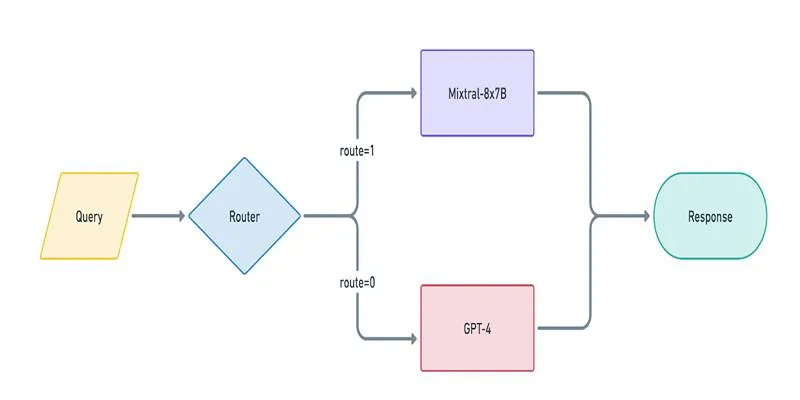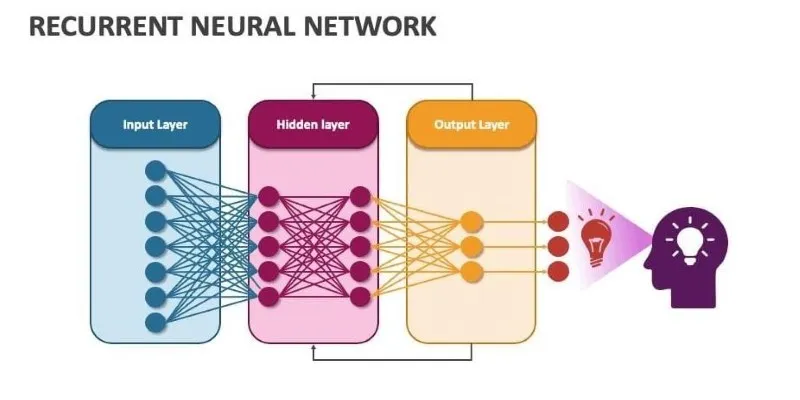Data science and machine learning projects critically rely on data cleansing, which involves transforming raw data into a clean and usable format for analysis. Automating data cleansing can significantly enhance efficiency, save time, and reduce errors. Python, along with the powerful Pandas library, simplifies the development of automated data-cleaning pipelines.
This article will explore the methods to create these pipelines, the importance of data cleaning, and the essential Python and Pandas tools that facilitate automation. Whether your task involves large or small datasets, automating data cleaning ensures consistency and accuracy. By the end of this guide, you will have a solid foundation for setting up Python and Pandas automated data cleaning pipelines.

**Steps to Create an Automated Data Cleaning Pipeline with Python and
Pandas**
Creating an automated data-cleaning pipeline involves several steps. Start by loading data from CSV, Excel, or databases using Pandas. Once loaded, examine the data for issues such as missing values and duplicates. Handle missing values by imputing or removing them. Pandas tools allow you to identify and filter duplicates. Removing outliers ensures that extreme values do not skew the analysis. Convert data types for column consistency.
Standardize formats, including categorical variables and date-time systems. Normalize numerical values and encode categorical data as needed. Save the cleaned data for subsequent use. Develop Python scripts to automate these processes and schedule their execution frequency. An automated data-cleaning pipeline enhances accuracy, reduces manual labor, and boosts efficiency.
Handling Missing Data in Data Cleaning Pipelines
Missing data is a common issue in datasets, often caused by data corruption,
system errors, or insufficient data entry. Addressing missing data is crucial
for maintaining data integrity. Pandas offers several quick solutions for
handling missing values. The fillna() function allows you to replace missing
values with a specified mean or median value. The dropna() function removes
rows or columns with missing values. More advanced methods, such as
interpolation, estimate missing values using existing data.
When automating data cleaning, define rules for handling missing data based on business requirements. Missing values can impact machine learning models and statistical calculations. A consistent approach ensures data quality. Automating this process prevents inconsistencies across datasets. Predefined techniques enable effective control of missing data without manual intervention, ensuring your data remains viable for future analysis.
Removing Duplicates and Identifying Outliers
Duplicate entries can skew research and lead to inaccurate results. Merging
datasets or system errors often cause duplicates. Removing duplicates is a
crucial step in data cleansing. Pandas provides the drop_duplicates()
function to eliminate redundant records. Outliers, or extreme values, can
affect predictive analysis and statistical models. Statistical methods like
the interquartile range (IQR) and Z-score help identify anomalies.
Box plots allow you to visualize data and identify extreme values. Removing or adjusting outliers ensures accurate findings. Automation criteria help identify and manage anomalies, improving data consistency and preventing data distortions. Establishing automated scripts to detect duplicates and anomalies enhances productivity, ensuring the data remains reliable and valuable. Proper handling of outliers and duplicates boosts data dependability and quality.
Converting Data Types and Standardizing Formats
Inconsistent data types can lead to analysis errors. Raw datasets often
contain incorrect formats, such as numbers stored as strings. Data type
conversion ensures uniformity across datasets. Pandas provides the astype()
method for type conversion. The to_datetime() function helps standardize
date formats. Text standardization ensures consistency in categorical data,
and converting all text values to lowercase eliminates case-sensitive
discrepancies.
Removing special characters from text fields enhances data uniformity. Automation ensures consistent application of these conversions across multiple datasets. Formatting errors can affect machine learning models. Standardization keeps a dataset organized and easy to read. This step ensures smooth and effective data processing without errors. Automated data type conversion helps prevent unexpected issues during analysis, keeping data clean and ready for further use.
Automating Data Cleaning Pipelines Using Python Scripts
Automation in data cleaning eliminates the need for manual, repetitive tasks. Writing Python scripts enables consistent and rapid data processing. Begin by importing necessary libraries, such as Pandas and NumPy. Load the dataset into a Pandas DataFrame for processing. Define methods to handle missing values, remove duplicates, and convert data types. Apply changes across all records using loops and conditionals. Regularly scheduled tasks automatically clean data.
Scripts can run automatically using Linux’s cron jobs or Windows Task Scheduler. Cloud-based systems like AWS Lambda can achieve remote automation of cleaning pipelines. Logging systems track errors and ensure data integrity. Automating these tasks minimizes human errors and increases productivity. An organized pipeline ensures data accuracy and currency. Automating data cleansing allows businesses to focus on analysis rather than data preparation.

Testing and Optimizing Your Data Cleaning Pipeline
Testing is crucial to ensuring the proper operation of data cleansing systems. Run the pipeline on sample data to verify outputs. Compare cleaned data with raw data to identify errors. Debugging scripts helps resolve discrepancies before full implementation. Optimizing pipelines ensures efficient handling of large data volumes. Pandas’ vectorized operations enhance efficiency, and minimizing unnecessary computations saves processing time.
Parallel processing methods effectively handle large-scale data. Removing extra columns and early data filtering speeds up processing. Monitoring performance and logging errors ensure smooth operation. Performance testing identifies data processing bottlenecks. Improved pipelines reduce the time needed for data cleaning. Testing and refining automated scripts enhance accuracy and efficiency. Reliable pipelines prevent data inconsistencies. Continuous optimization keeps automated pipelines scalable and efficient, ensuring high-quality data for future research projects.
Conclusion:
Building automated data cleansing procedures with Python and Pandas is crucial for effective data analysis. Automating repetitive tasks, such as processing missing data, removing duplicates, and standardizing formats, ensures that data remains accurate and consistent. The robust Python libraries enable seamless integration of data cleansing activities into an automated workflow. Whether working with small or large datasets, automation saves time and reduces errors, simplifying data preparation. Utilizing automated data- cleaning pipelines is a strategic approach to streamline data processes and enhance your analytical capabilities.
 zfn9
zfn9























